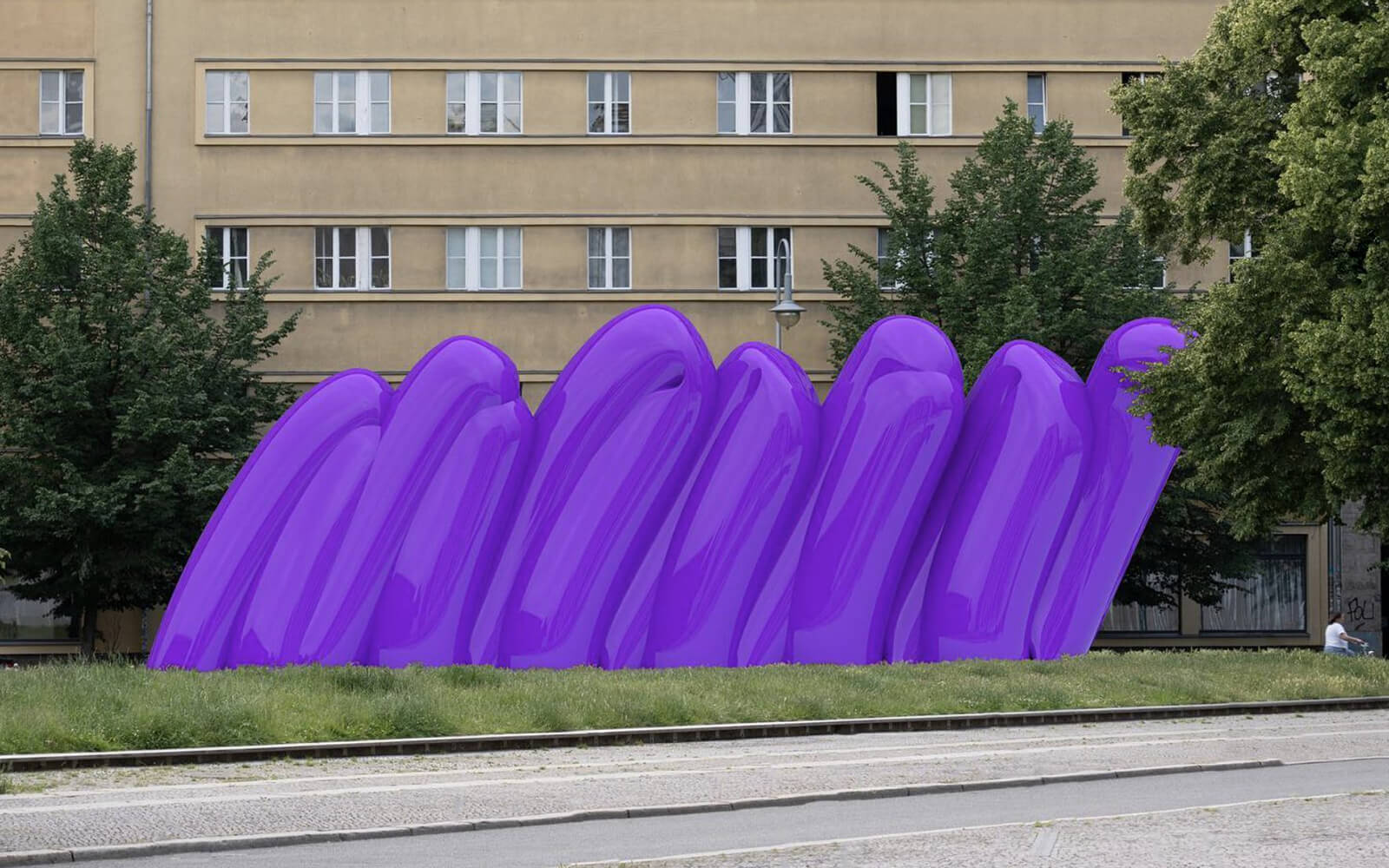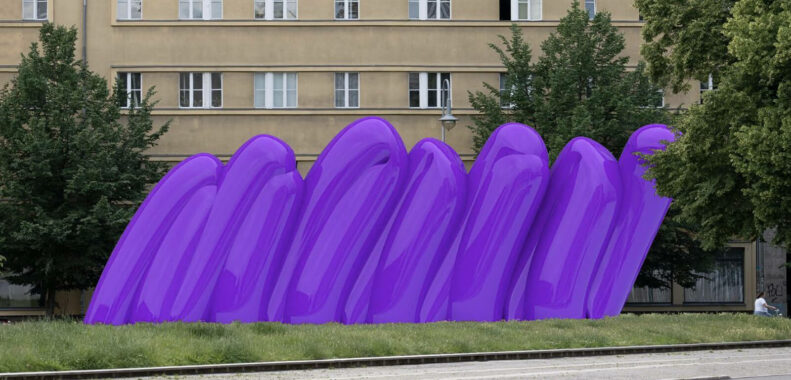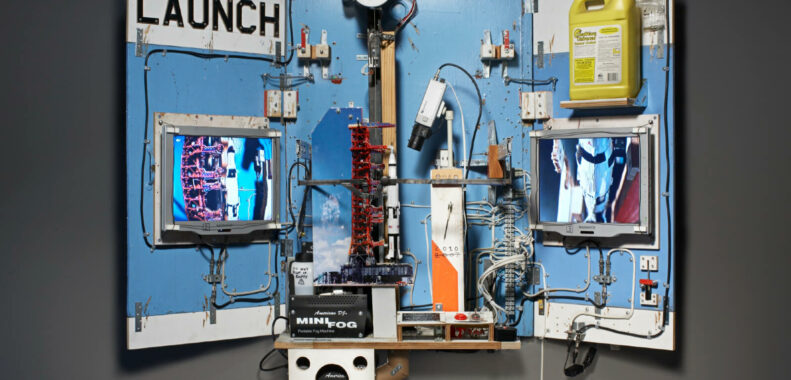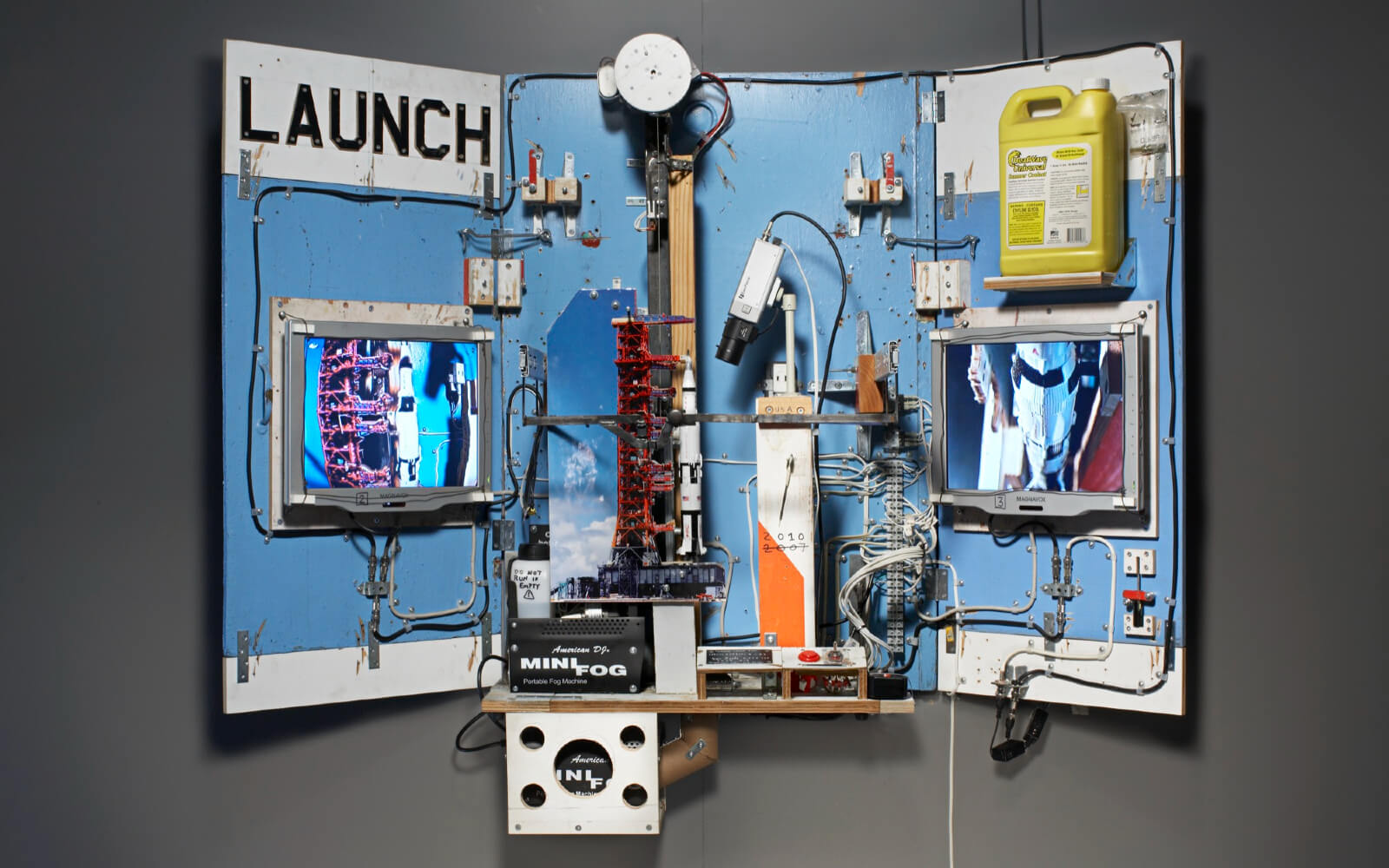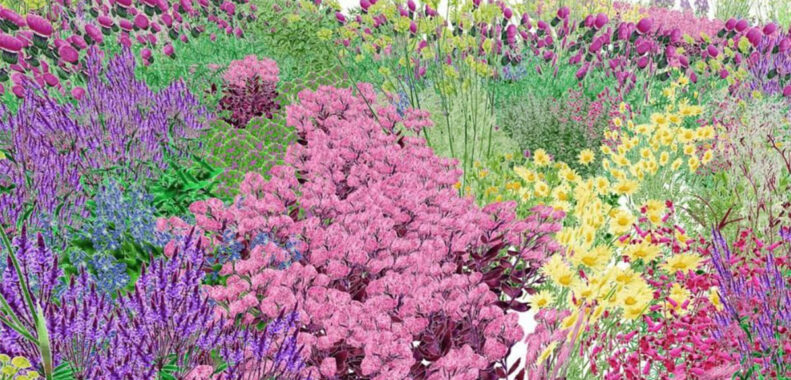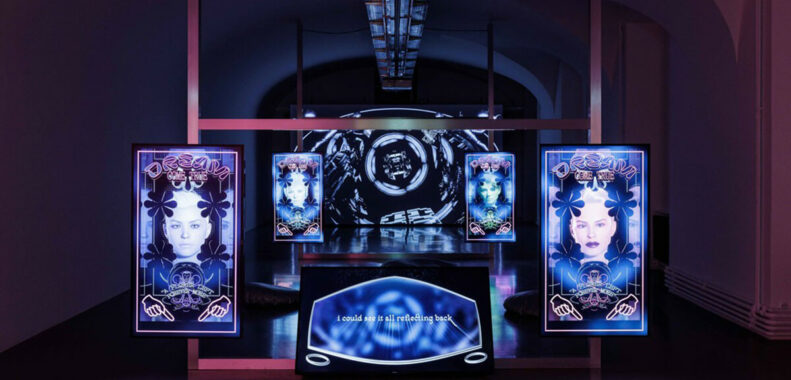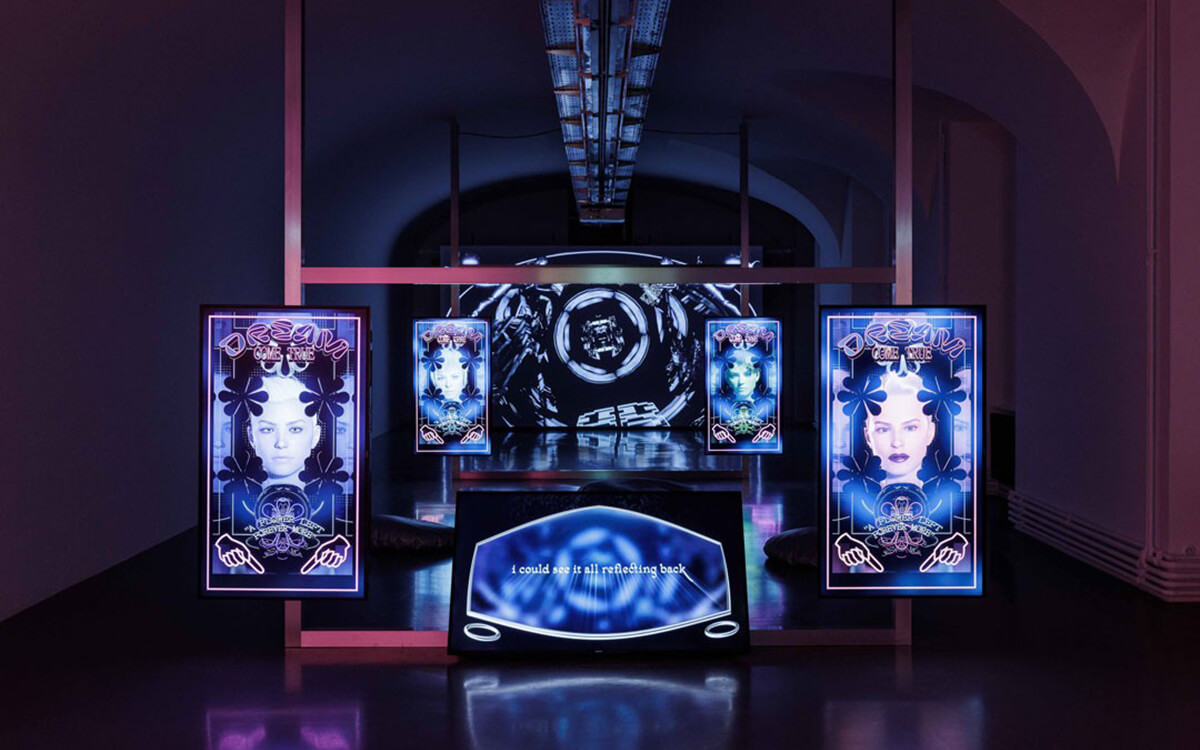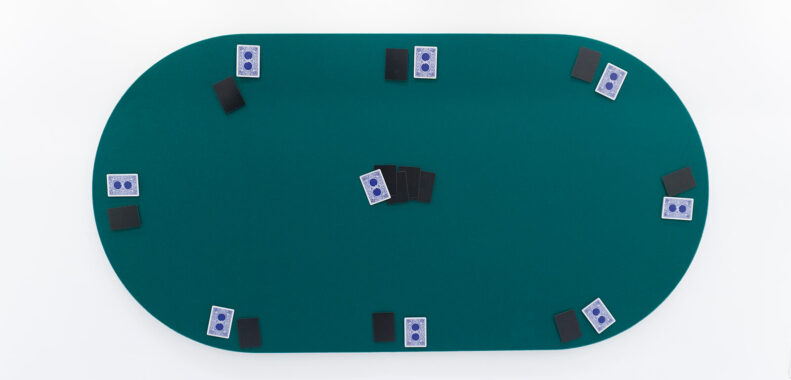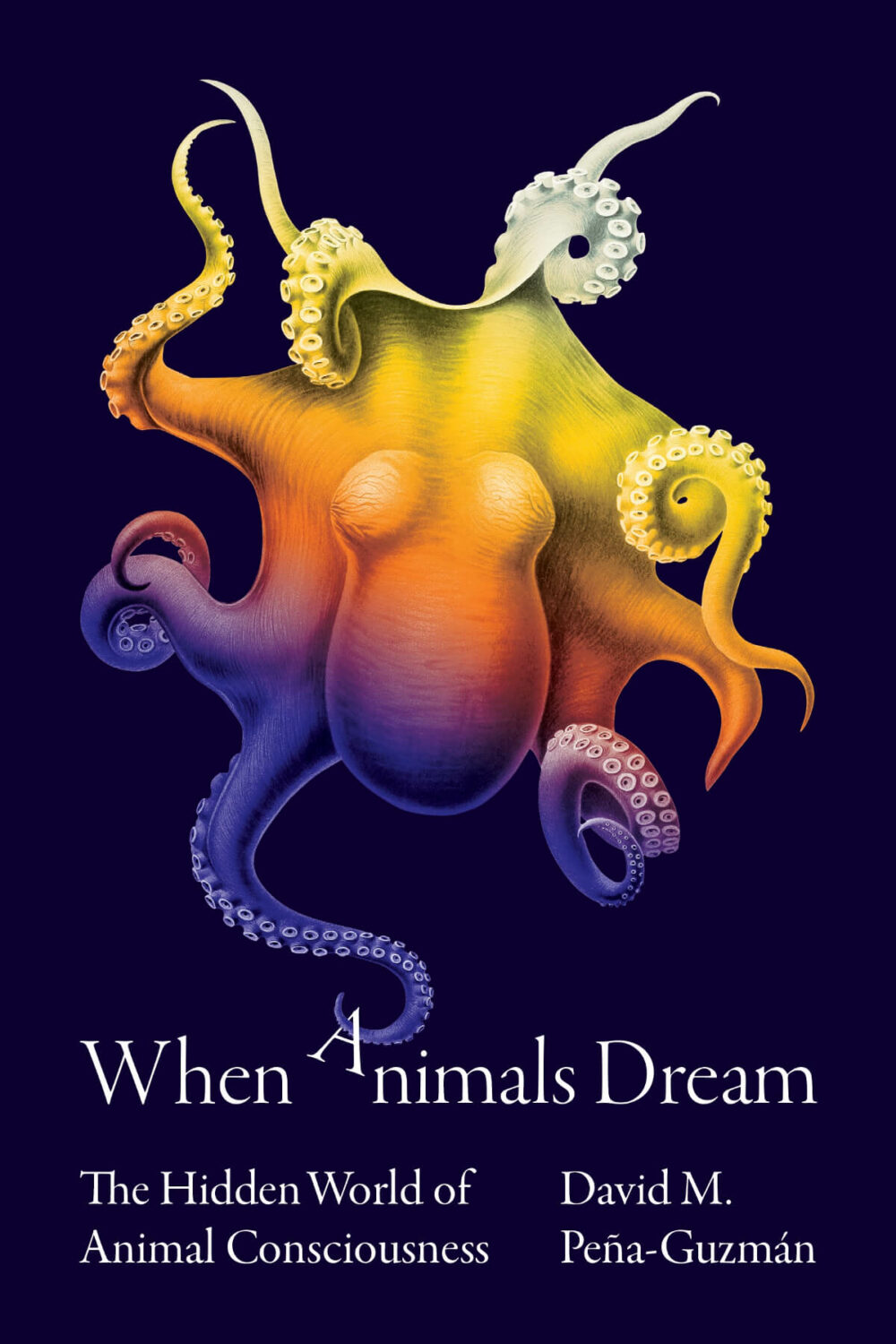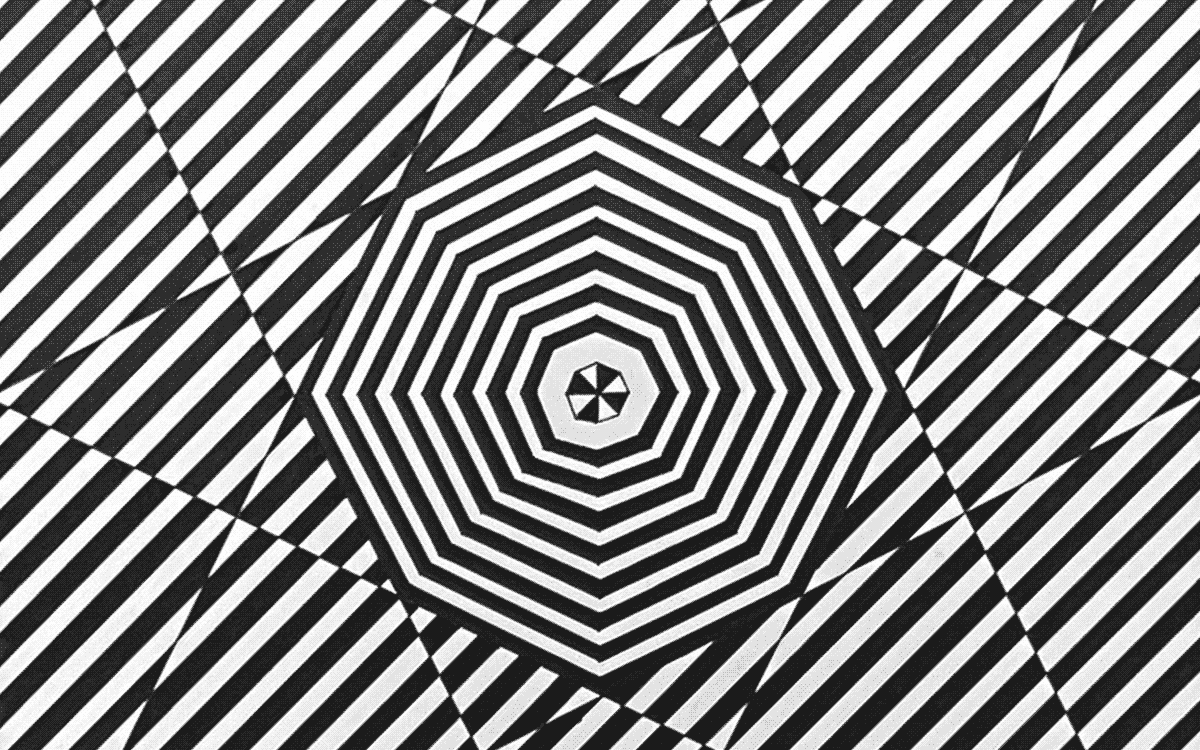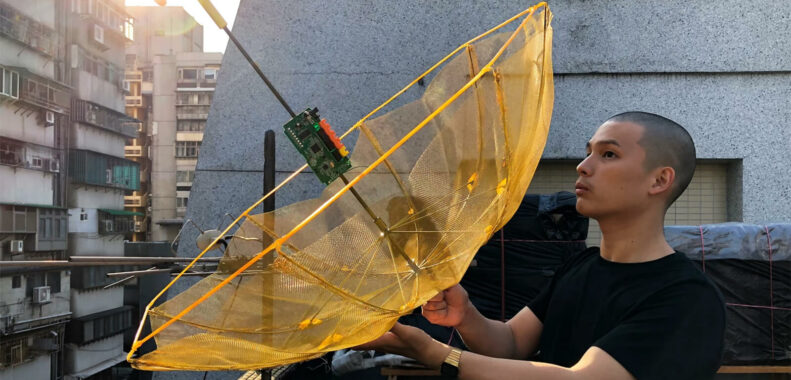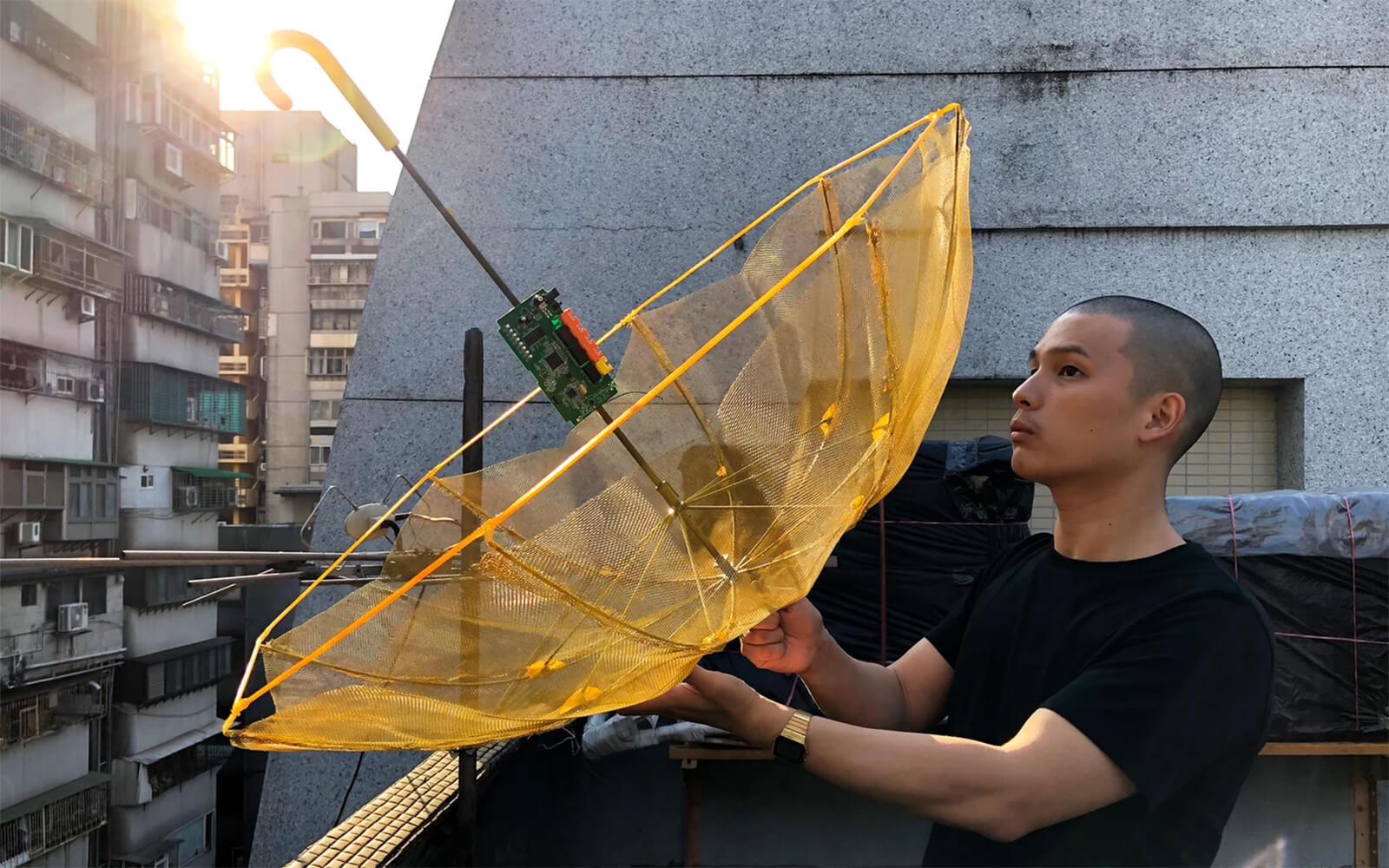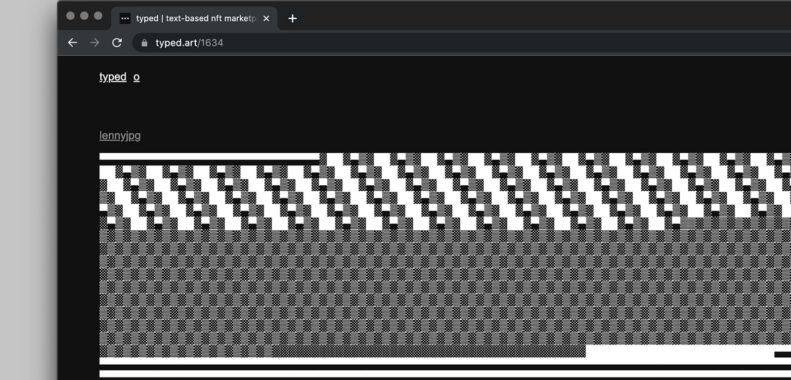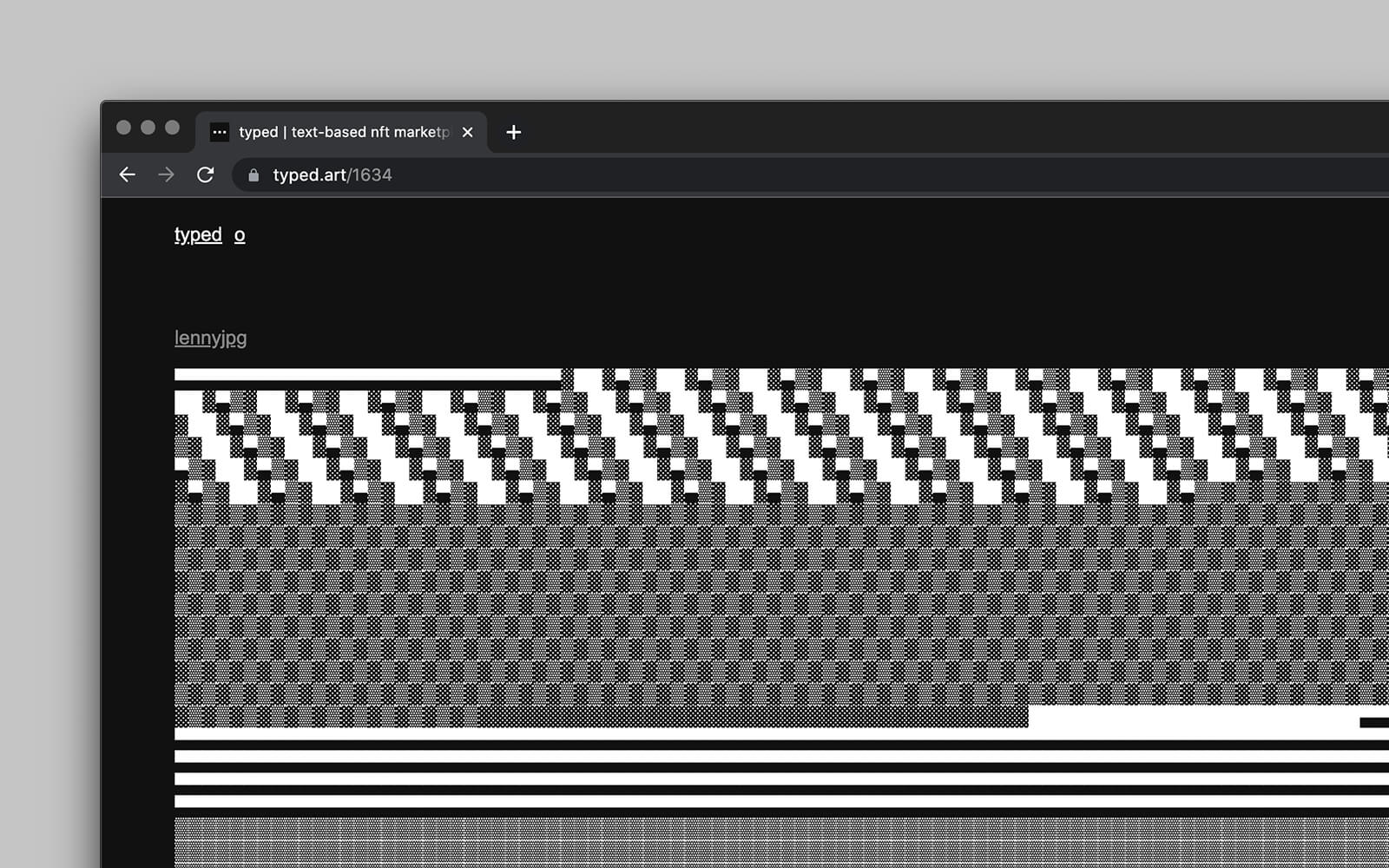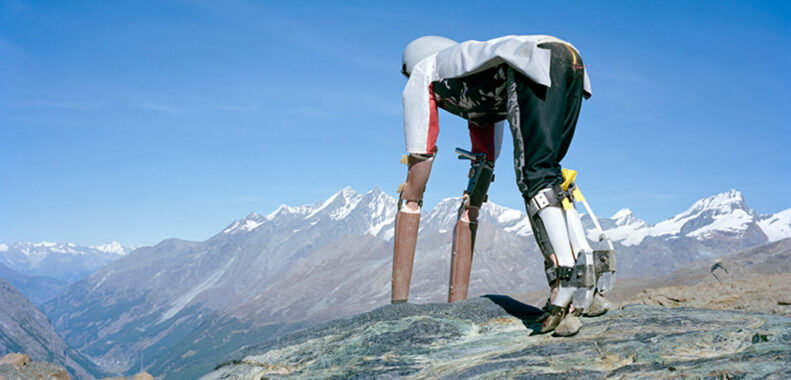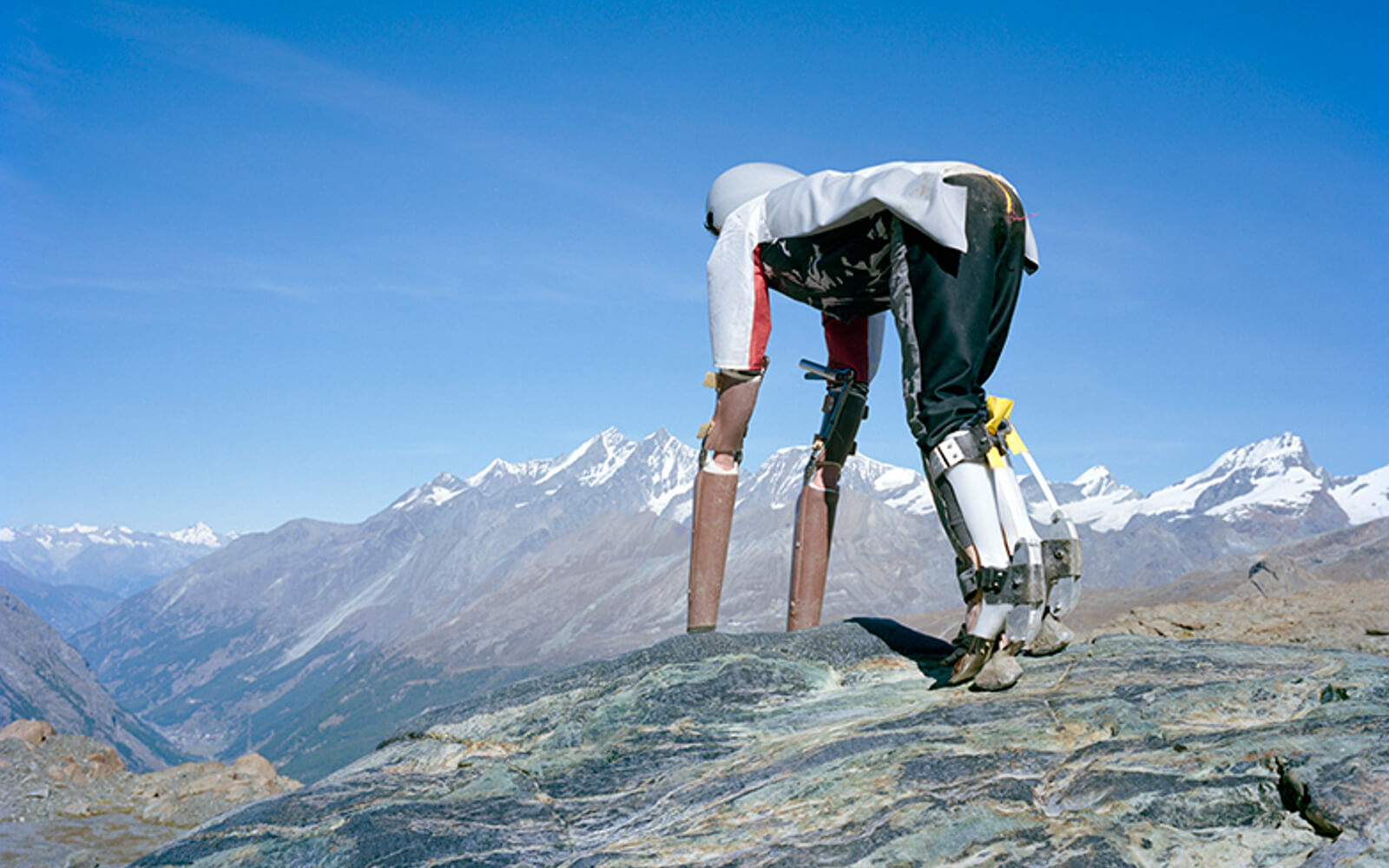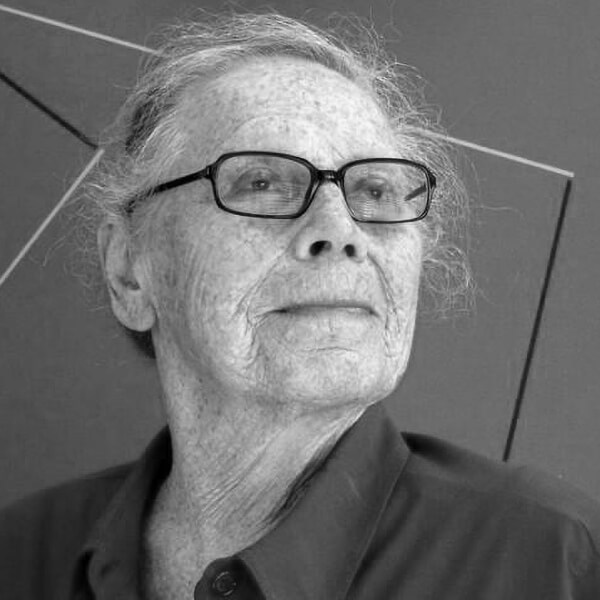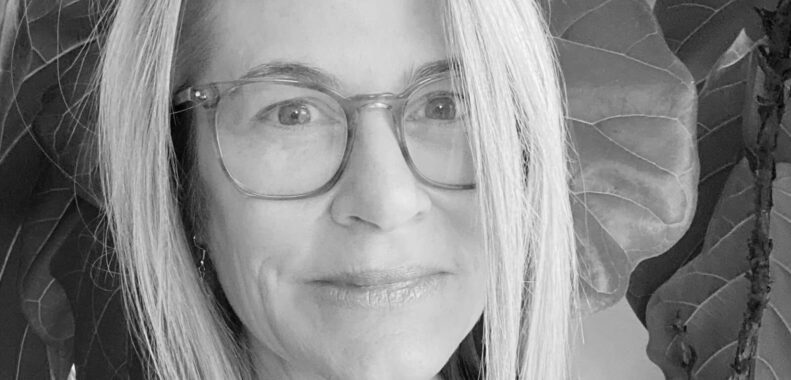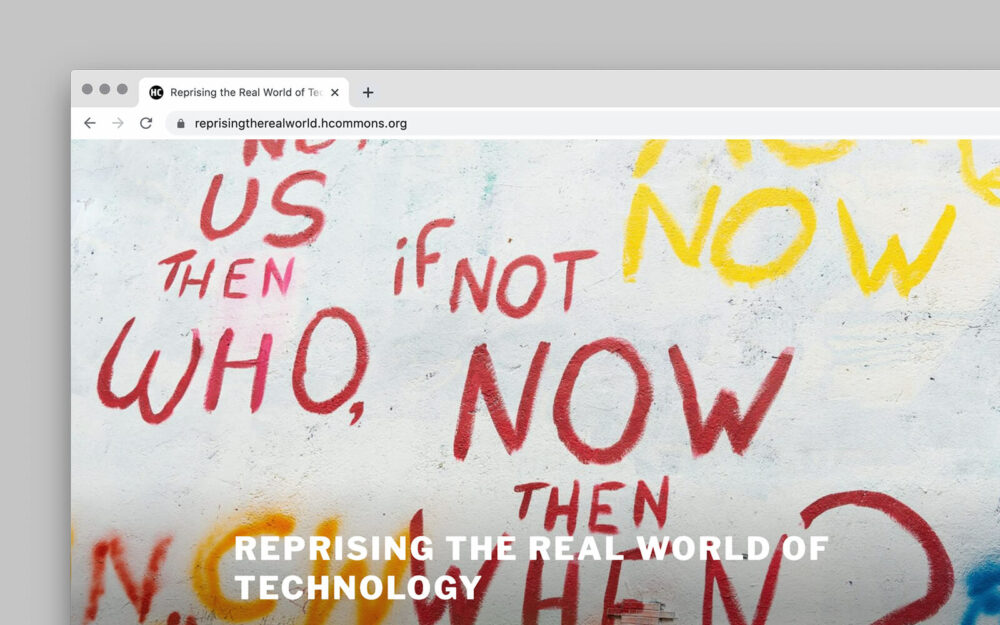Q: You have collected Vera’s works not only from the 1960-80s, for which she is best known, but also some of her early gouaches from the late 1940s and her more recent works as well, which she executes with the help of assistants and/or publishers like Bernard Chauveau of Galerie 8+4 in Paris. Could you speak to why this historical breadth is important to your collection of digital art?
A: Although the collection is chiefly focused on those early years, we do include relevant works outside that range that have a meaningful connection to the early period. This could be either in terms of process or style or content thematics. Many of the artists who started their digital investigations with generative art have continued to use the same approaches and investigate the same issues that initially brought them into the field, even as the available technologies have dramatically changed. I think this is interesting art historically because they could have embraced raster graphics, say, or begun to use much more complex algorithms. It speaks to the disciplined nature of their practices that they keep the same constraints they were initially faced with.
As an aside, it is a common misunderstanding that artists working with technology gain some extra benefit from using the computer–that it is somehow cheating or making up for a skill gap or some other negative perception. A closer look at their work inevitably disproves this, of course. Artists like Vera Molnár and Manfred Mohr were creating work that looked like their computer work, and that was conceptually related, long before they ever touched a computer.
Collecting pieces from before Vera had access to a computer and through long after she could have brought in a range of new features and tools demonstrates the strength of her specific vision.
